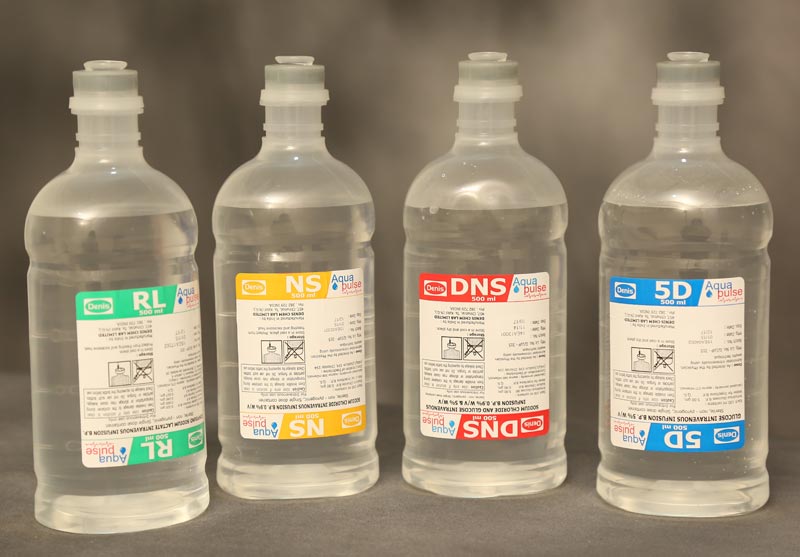fluid balance in body
Total body weigh percentage
- Adult55- 60
- Infant- 80%
- Older client- 45%
1.Extracellular- It makes 1/3rd
2. Intracellular - It makes 2/3rd part.
1. Extra cellular- It contains
- Interstitial fluid compartme
- Intravascular fluid compartment.
- Small fluid compartment.
2.Solvent- Solution in which the solute is dissolved
Forces- (Body fluid transport)
1. Diffusion- Is the process to movement of solute from high concentration to low concentration through the semi-permeable membrane.
2. Osmosis- Drawn of solvent from less concentration of solute to high concentration of solute through semi permeable membrane.
3. Filtration- Movement of solute and solvent by hydrostatic pressure.
4. Hydrostatic Pressure- It’s type of force exerted by the weight of solution.
-At arterial end- Hydrostatic P. - Osmosis P.
- fluid and solute moves out of the capillary.
-At venous and- Osmosis P. - Hydrostatic P.
- fluid and solute move into the capillary.
Isotonic Solution-
-When the solution of both side of a compartment (separated by semi-permeable) are equal in concentration.
-Solute = Solvent
-Little Osmosis occur -When it is admintration to body, increase E.C.F. volume.
I.V Fluid Isotonic
-0.9% N.S.Solute = Solvent
-(D5w) 5% Dextrose in water
-(D5w/ 1/4 NS)
5% Dextrose in 0.225% saliva
-RL solution / Hartman solution[Q]
(Question nagpur Aiims nursing officer exam)
Lactated Ringer's solution is contraindicated in:
Ans 1. Fluid lost as bile or diarrhea
2. Hypovolemia
3. Lactic acidosis
4. Burns
Right answers - 3. (Lactic acidosis)

Hypotonic Solution-
Lower concentration of solute and high concentration of solution than isotonic.
- It also known as water intoxication
- Celluar edema
- Less salt and more water.
- Less osmolarity.
- Movement of water into cells by osmosis.
I.V Fluid Hypotonic
-(1/2 N.S.) 0.45% NS
-1/4 N.S. (0.225% NS)
-1/3 NS (0.33%NS)
Hypertonic solution
Higher concentration of solute less concentration of solution.
# causes cellular shrinkage
I.V Fluid Hypertonic
- 3%N.S. 3% Sodium chloride
- 5% NS 5% Sodium chloride
- D10W.
- 10% Dextrose in water
- D5W/NS
- 5%W/ 1/2 NS (5% Dextrose in 0.45% N.S.)
- D5 LR (5% Dextrose in Lactate Ringer )
Dextran albumin.
Complication of I.V fluid administration.
Air embolism
-Catheter embolism
-Circulatory overload
-Electrolyte overload
- Hematoma
- Infection
-Infiltration
- Phlebitis
- Thrombophlebits
-Tissue damage
-Intravenous Devices
Complicationsof blood transfusion
-Transfusion reactions
-Circulatory overload
-Septicemia
-Iron overload
-Disease transmission
-Hypocalcaemia
-Complications of parenteral Fluid administration
-Air embolism
-Hyperglycemia
-Hypervolemia
-Hypoglycemia
-Infection
-Pneumothorax.
0 टिप्पणियाँ:
एक टिप्पणी भेजें